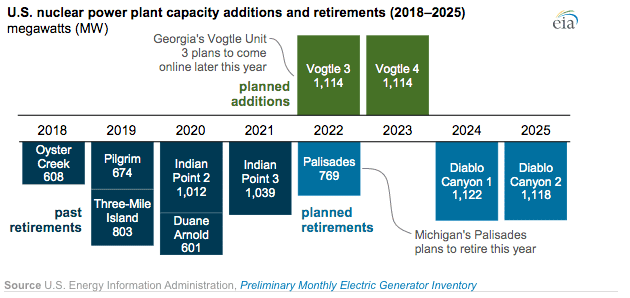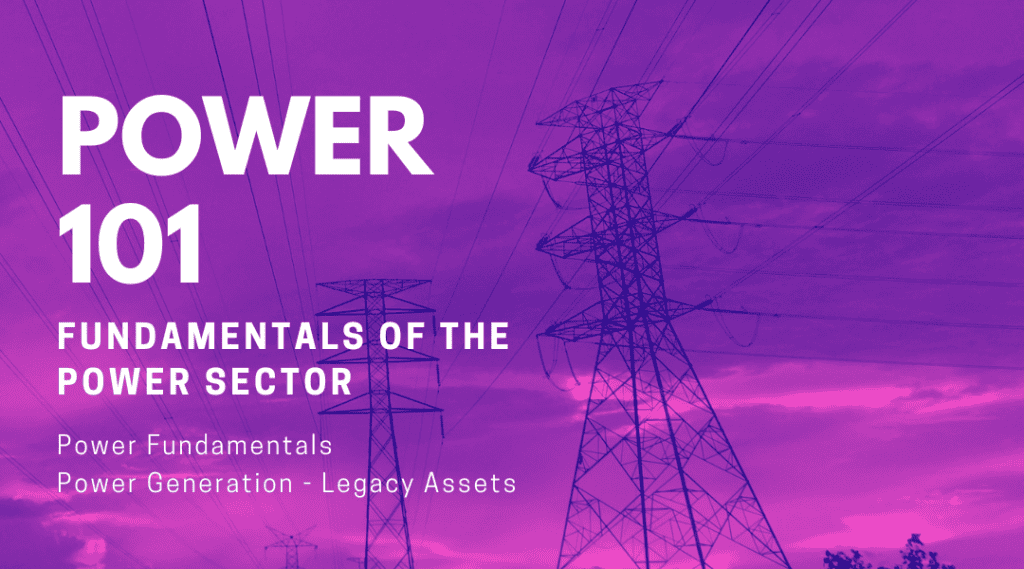I let the news lead me down these Insight wormholes. While it may be one story in particular that got me to work, the story is generally just part of a recent trend that warrants an attempt to connect some of the dots.
For this Insight: Nuclear Power, it was the following headline that broke the camels back, so to say:
+Japan turns back to nuclear power in post-Fukushima shift – FT
Why is This Headline So Interesting?
The Fukushima disaster changed the discussion around nuclear power. There’s no doubt about it.
If you don’t remember exactly what happened, here’s a very short summary
What Happened In Fukushima?
On March 11, 2011 the most powerful earthquake to ever hit Japan occurred. This earthquake triggered a tsunami with 14 meter high waves. It was the tsunami, not the earthquake itself that led to problems at the Fukushima Daiichi Nuclear Power Plant.
When the waves from the tsunami swept into the power plant, the water knocked out the emergency diesel generators (located on lower levels, woops!) that were supplying power to cooling equipment.
You can read more about what ensued here:
+Fukushima Daiichi Accident – World Nuclear Association
Public Reaction
An already-skeptical public quickly turned against nuclear power as an unneeded and unnecessarily risky. Of course, development in the nuclear field had already been severely hampered by the meltdown in Chernobyl in 1986.
The nuclear power industry exists in a world of its own. The promise of steady, reliable, clean energy in a decarbonizing world tempered by the outsized tail risk of disaster that keeps everyone on edge.
It’s like that nice, sweet pitbull sleeping on a cushion in the corner. Cute, but don’t get too close.
Since 2011 countries have taken divergent paths with regards to their nuclear assets.
Some, like France, have committed to stay the course on nuclear as a key part of their power supply portfolio going forward (although the extreme maintenance costs of keeping nuclear power online have hampered this segment of France’s power production).
Others saw Fukushima as a warning. Get out of nuclear. It’s just not worth it.
Japan and Germany were among the strongest proponents of this approach.
Voices of this view gathered strong support here in the US as well.

+US nuclear electricity generation continues to decline as more reactors retire – EIA
So it seems that Japan is changing its mind.
Japan Now, Germany Next?
And there has been a lot of speculation as to whether the energy crunch Germany is experiencing in the wake of decoupling from Russia’s gas supplies will prompt it to do the same.
For now, they seem to be sticking to their guns.
+German economy minister rules out keeping nuclear plants running to save gas – Reuters
Is Nuclear Cheap, Reliable, or Clean?
Just for reference, this is what the alternatives looked like in 2011. In March of 2011 crude oil was trading in the $90s, so not cheap. But natural gas (US) was sub-$3 and about to enter a decade of relatively stable prices between $2-4 for a decade.
Natural gas seemed like an affordable and more predictable fuel for the future of electricity generation. The cost of renewables would embark on a steep decline curve over the next decade as well.
The upfront costs and regulatory hurdles of building new nuclear power generation hobbled investment in nuclear power.
Despite the growing need for decarbonization in the ensuing time period, the place of nuclear in the energy mix continued to be hotly debated.
+EU Taxonomy to include nuclear, recognizing its role in global decarbonization – NEI.org
Are the risks worth the reward? Not to mention that pesky spent-fuel problem. Where do you put it for, well, an eternity?
Not in my backyard. Am I right?

Get up to speed on the critical power sector with our Power 101 courses. Learn more at EKTInteractive.com/Power
And then Ukraine.
In the commonly-refrained theme of 2022, Russia’s invasion of Ukraine changed everything.
Energy markets have been disrupted. The surge in demand of a global economy coming out of the pandemic coupled with underinvestment in an unloved oil and gas industry has sent energy prices soaring.
Oil prices are hovering near $100 while natural gas prices are at all-time highs.
Global demand for LNG has spiked as rich countries intercept shipments traditionally heading towards poorer ones.
Nordstream is off.
Oh, did we mention that that stalwart of renewable energy, hydropower… Well, the rivers are running dry.
So, the conundrum. Where do you get reliable base load power?
Coal has been happy to fill the void. Coal power plants are having a modern day renaissance. US Senator Joe Manchin, the kingpin of coal, is basking in the glory and leveraging it to full tilt.
And those plans to shut down the nuclear plants? Well, hold on just a second.
+California Gov. Gavin Newsom races to keep state’s nuclear plant running – WSJ
Politicians love a good backstep. But the reality is that the world has changed, and so have the needs and demands of the electorate.
With global energy supply chains in question and local electricity prices soaring, governments are right to secure reliable, local power supplies for their economies and populations.
But the debate will go on as to whether the tail risk is worth it or whether the economics even add up.